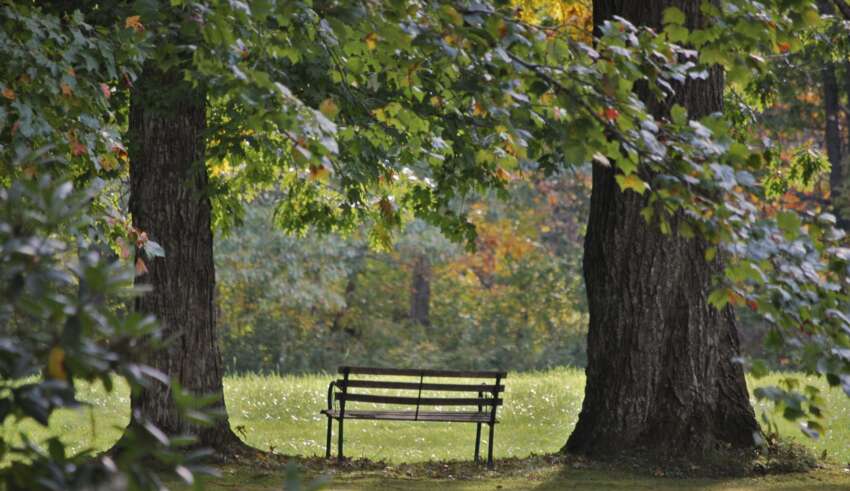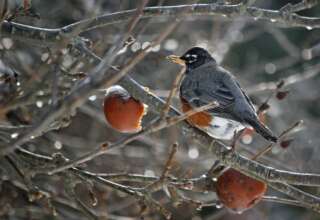
Most of us can align with these five fast-food friends. Our enduring friends (like our enduring life partner) have seen us through “everything.” They have been “eye-witnesses” to our successes and our failures. They can tell many stories about what we have seen and done together and separately. Perhaps most importantly, our enduring friends know about our personal narrative. We have told them how we find meaning in some event, what we believed “caused” our success or failure, and what is really important (and feared) in our life. None of this can be replaced if we are no longer in contact with this long-term friend.
We might even take this sense of shared history a step further. Harry Stack Sullivan would suggest that it is in our relationships with other people that we gain what he identifies as “consensual validation” regarding reality (Sullivan, 1953b, pp. 43ff). It is not just our shared history and our sense of self that is beholding to our friendships—but also our basic sense of what constitutes our world as well as how we best find meaning in this world. Sullivan suggests that this consensual validation is particularly important to establish during our turbulent adolescent years –and that it is most likely to be established in collaboration with our “chum” and other friends (rather than with our parents, siblings or lovers). Leslie Brothers (2001) goes so far as to suggest that we create a new reality in the midst of our relationships with other people.
Conclusions
I became more fully aware of the historical and reality-affirming benefit of friendship when co-teaching a doctoral course with Gay Teurman. We were focusing on adult development and the work of Carl Jung. As a component of this course, Dr. Teurman and I took our doctoral students to the Grace Cathedral in San Francisco (a magnificent edifice sitting on top of San Francisco’s Nob Hill). A labyrinth has been built in the main sanctuary of this cathedral. The labyrinth is a maze (complex pathway) on which one walks and reflects (usually about events in one’s past and future life). It is located in the nave of the Grace Cathedral and is illuminated primarily by light streaming down (during daylight hours) from the cathedral’s many stained-glass windows.
At times one is led on the pathway toward the center of the labyrinth (which is the endpoint and “goal” of the labyrinth journey). Then, suddenly the pathway leads away from the center and one is once again out at the edge of the labyrinth. For most people (including myself) this In-and-out pathways is reminiscent of one’s actual life journey. Memories which the labyrinth stirs up will typically align with the highlights and low lights of our life. I found my sense of reality being realigned for a moment (and perhaps even longer) while walking the labyrinth with my dear friend.
While I have occasionally “walked” the labyrinth in other locations both inside and outside the United States, there was something “special” about my experiences on this labyrinth. It was not only the grandeur and spiritual ambiance of the Grace Cathedral that made this journey special. It was also the experience of walking this labyrinth alongside someone with whom I have shared many ups and downs in my professional (and personal) life.
It is interesting and perhaps important to note that I can’t remember whether Gay was ahead of me on the labyrinth or behind me. The important point is that we were both on the pathway together and could share our experiences and feelings about this journey once we left the labyrinth and cathedral. I can’t imagine a more valuable and insightful “debriefing” experience than that engaged by Gay Teurman and me on the steps of the Cathedral following our labyrinth journey. It was on the cathedral steps that I most fully realized the benefit of friendships and a shared history.
______________________________







